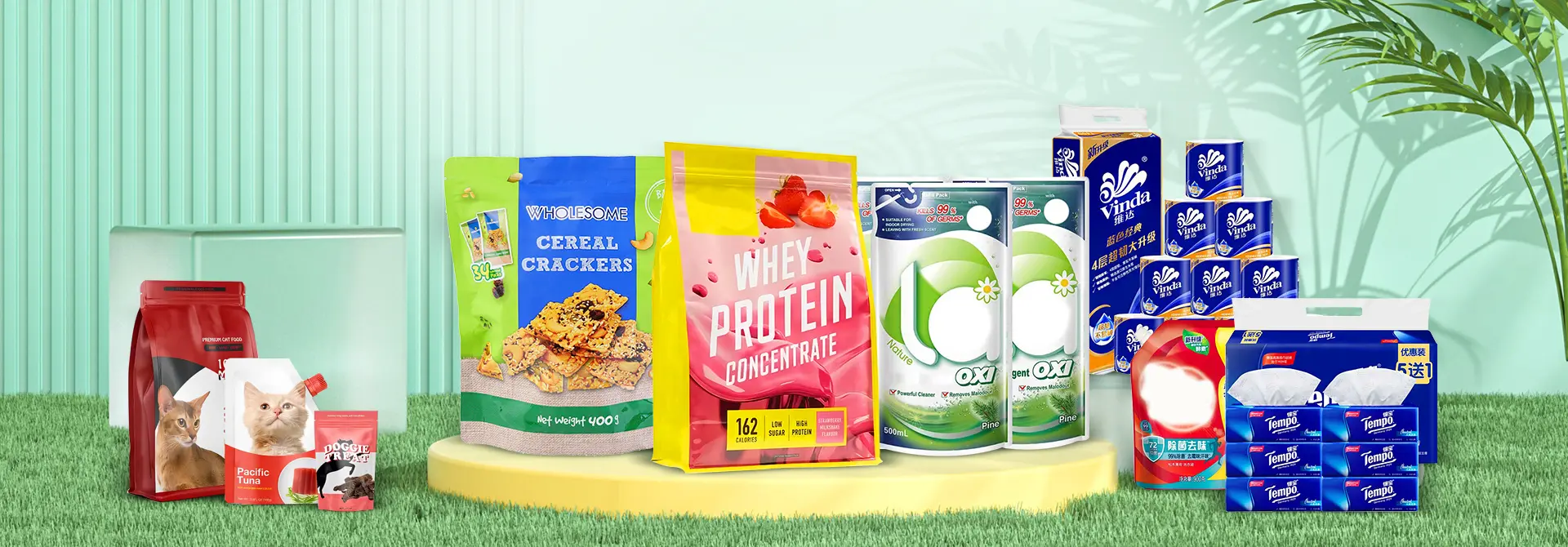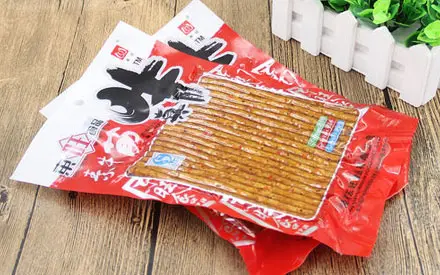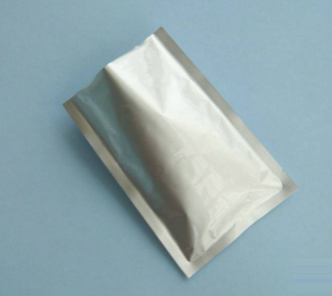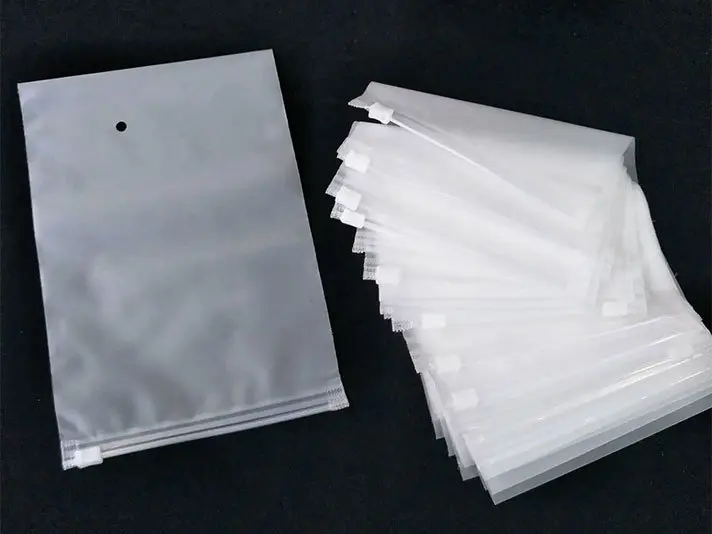How to use tea vacuum packaging bags correctly?
Because tea leaves are prone to oxidation, lose their original freshness, and even lose their flavor when exposed to oxygen. But not all tea leaves are suitable for vacuum packaging bags. So, how to use tea vacuum packaging bags correctly?
Only non fermented and lightly fermented tea leaves require vacuum pumping, while heavily fermented tea leaves do not require vacuum compression as long as they are sufficiently dry or have a high degree of roasting. And during compression, it is not possible to completely vacuum the tea leaves, otherwise they will be easily squeezed due to the production of a lot of powder. So most tea shops extract about 80-90% of the air, add deoxidizers, and continue to adsorb oxygen to ensure the freshness of the tea leaves! But some tea shops still vacuum pack all the tea to make consumers feel at ease.
The storage of oolong tea may encounter air leakage in the aluminum foil bag, and if it is not detected in time, the entire bag of several tens of pounds of tea may become damp due to the air leakage, resulting in a damp and mixed taste. At this time, the tea can be re roasted to restore dryness. If you encounter tea leaves with low fermentation degree, once they become severely damp or even moldy, it is impossible to recover them.
However, teas that require later aging, such as black tea and Pu erh tea, are not suitable for vacuum packaging. For example, Pu erh tea has a consensus that the more it ages, the more fragrant it becomes, while post fermented tea requires continuous exposure to air to age over time, producing the taste of time. Exposure to air is one of the conditions, and if vacuum packaging is used, the transformation will stop, which is not the function of these tea leaves.
The above methods for the correct use of tea vacuum packaging bags are organized by Jinde Packaging. Jinde Packaging provides wholesale customization of food vacuum packaging bags, tea vacuum packaging bags and other products, providing customers with a one-to-one customized solution. Tailored design styles can be customized in large and small batches, with better delivery times than peers. With strong logistics support, Jinde Packaging is dedicated to serving customers, and customer satisfaction is the consistent goal pursued by Jinde people. Hotline: 15902743510

 中国
中国










